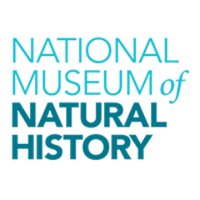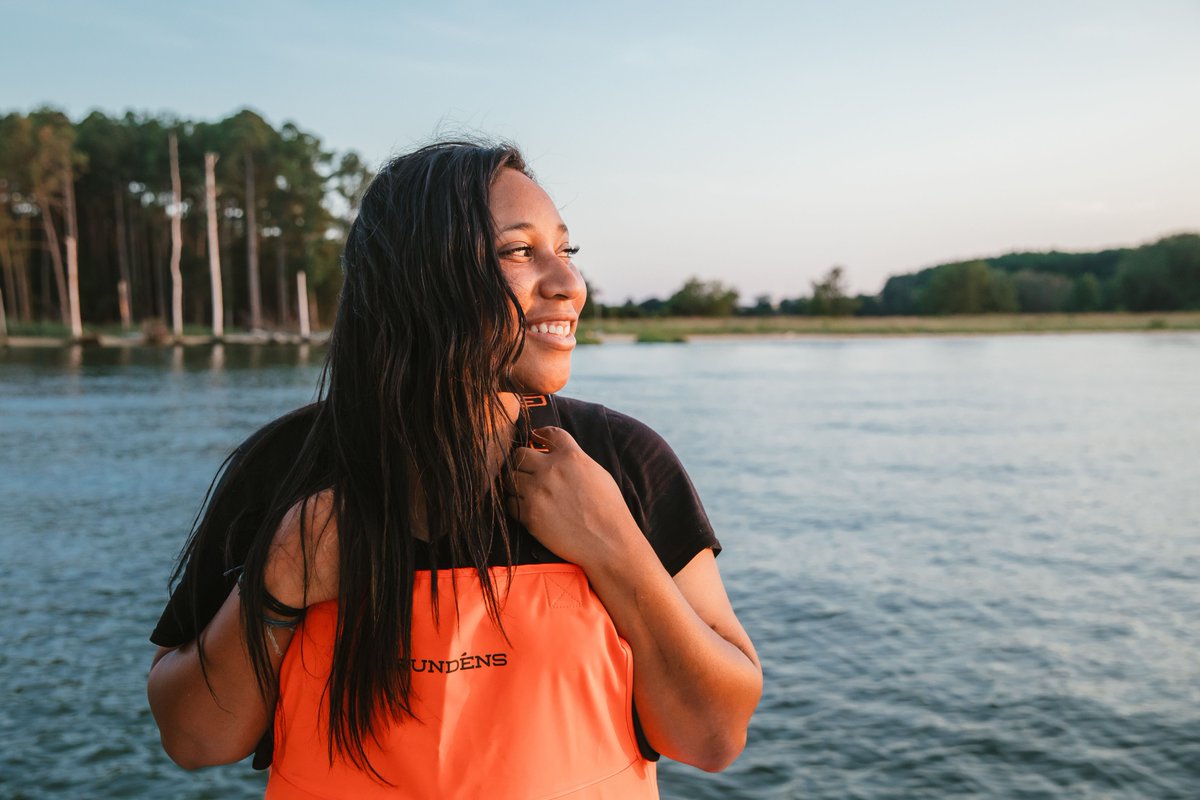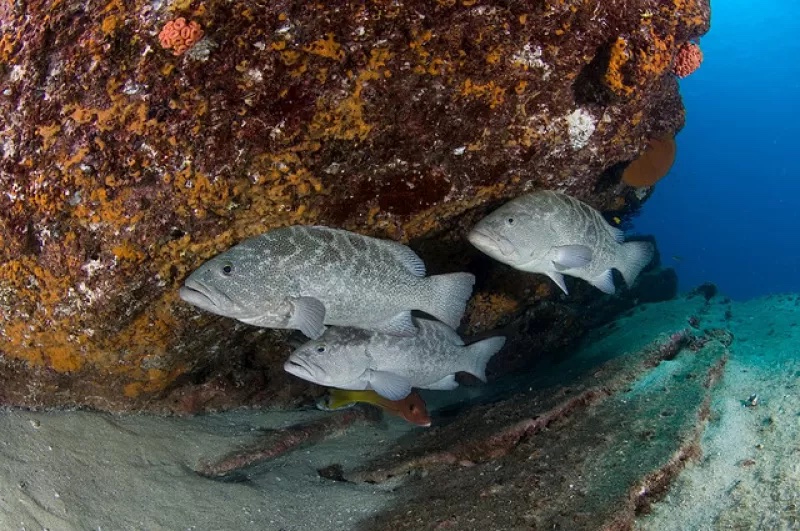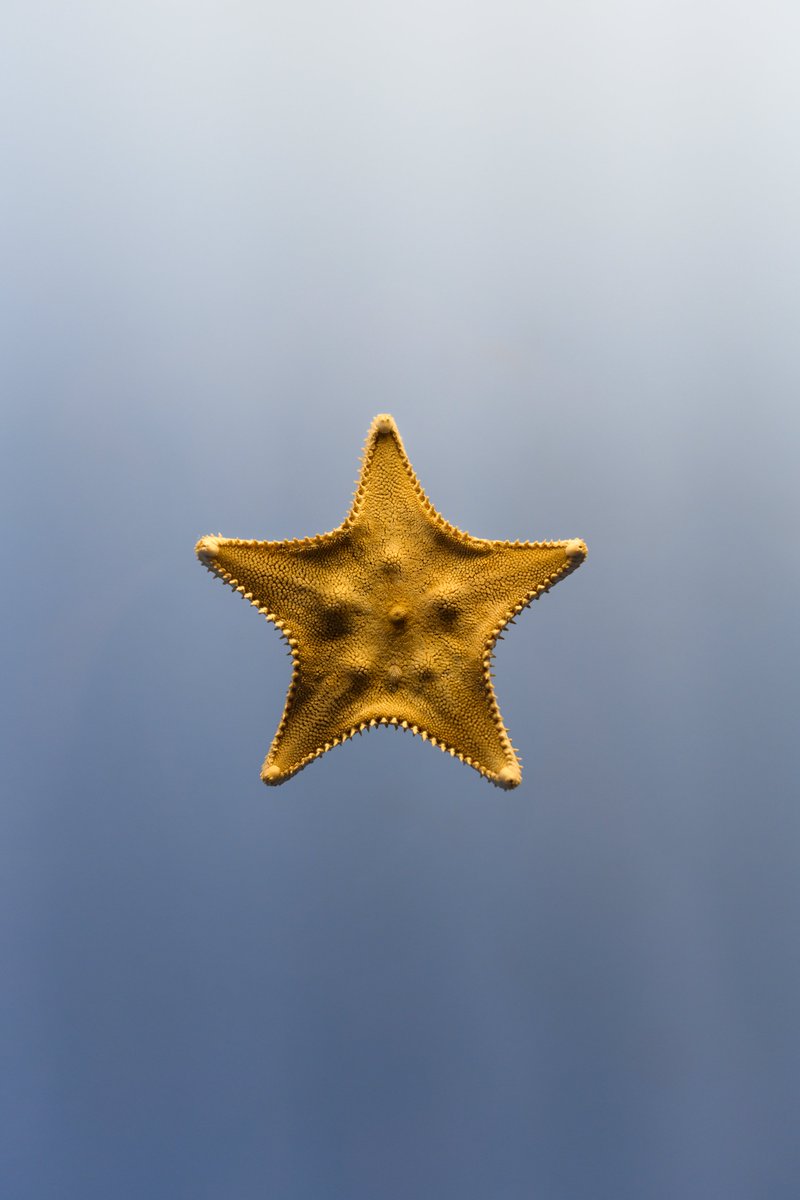
The Ocean Portal
@oceanportal
Join the Smithsonian Ocean Portal in exploring the ocean & its life. Legal: s.si.edu/legal
ID: 82208992
http://ocean.si.edu 13-10-2009 22:27:02
14,14K Tweet
29,29K Followers
365 Following



The ancient shark Carcharocles megalodon swam 23 to 3.6 million years ago. At 52 feet long, this life-size model (which is suspended, mid-swim, in the Smithsonian NMNH's café) is female. #SharkWeek


No one does a play-by-play of science like Smithsonian research associate Chris Mah. Listen to this excerpt of his commentary of NOAA's #Okeanos Voyage to the Ridge expedition, off Puerto Rico and try not to smile. (Thank you NOAA Ocean Exploration!) oceanexplorer.noaa.gov/okeanos/explor…

Join illustrator Karen Romano Young in person OR online this Saturday 9/10 from 11 AM - 1 PM ET. Explore her "I Was a Kid" comics and hear about her path to the intersection of art and science. #STEM Smithsonian NMNH Smithsonian's Anacostia Community Museum naturalhistory.si.edu/events/womens-…

Anthropologist Torben Rick teamed up with Indigenous researchers to study oyster middens (piles of oyster shells discarded by Indigenous people in the past) and better understand the history of sustainable oyster practices. Smithsonian NMNH smithsonianmag.com/blogs/national…


Then and now - Smithsonian NMNH researchers explore the waters off Puerto Rico for the first time since 1933. ocean.si.edu/ecosystems/dee…




We 🖤🖤🖤 it when evolutionary adaptations remind us of how much we can learn from nature. Watch Smithsonian NMNH scientists Karen Osborn and Sarah Luttrell talk about disappearing fish, mate-catching birds, and how ultra-black plays a role. youtube.com/watch?v=86P03R…


We love to see an eDNA thread from Lonnie G. Bunch III!



Why would a bunch of ancient marine reptiles hang out in a part of the ocean without much food? To give birth in safer waters. Research by a team that includes Smithsonian NMNH experts suggests this area, now in Nevada, was a nursery for the bus-sized creatures. 3d.si.edu/enter-sea-drag…


In a mysterious spot in the Nevada desert, 300 miles from the nearest ocean, lie dozens of fossilized ichthyosaur skeletons. Smithsonian NMNH researchers now know a bit more about why they congregated there. ocean.si.edu/through-time/a…

Read up on the top ocean stories of 2022 in our annual roundup for Smithsonian Magazine! smithsonianmag.com/science-nature…

Pufferfishes. Love them or love them. And learn about just how diverse this fish family is via the The Ocean Portal. #SmithsonianEdu ocean.si.edu/ocean-life/fis…



